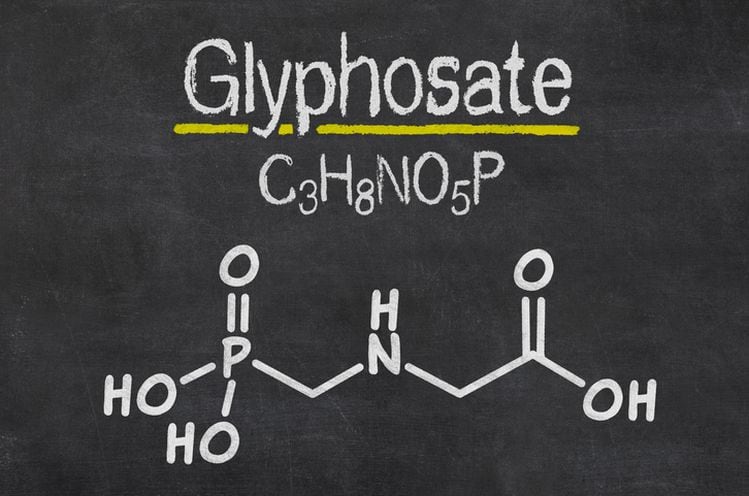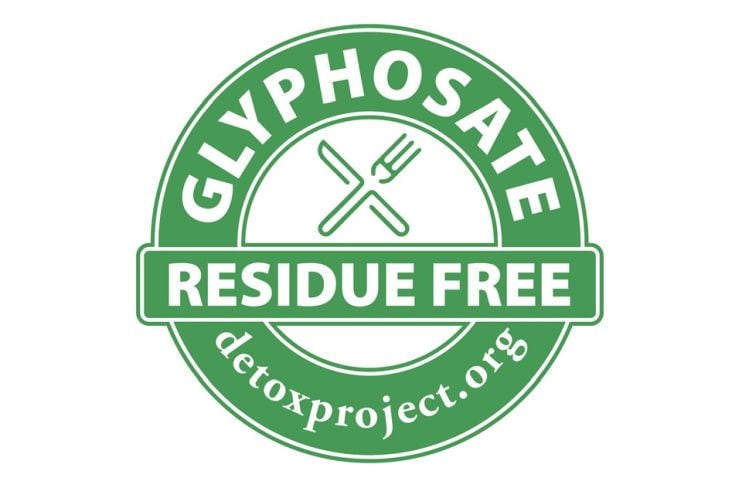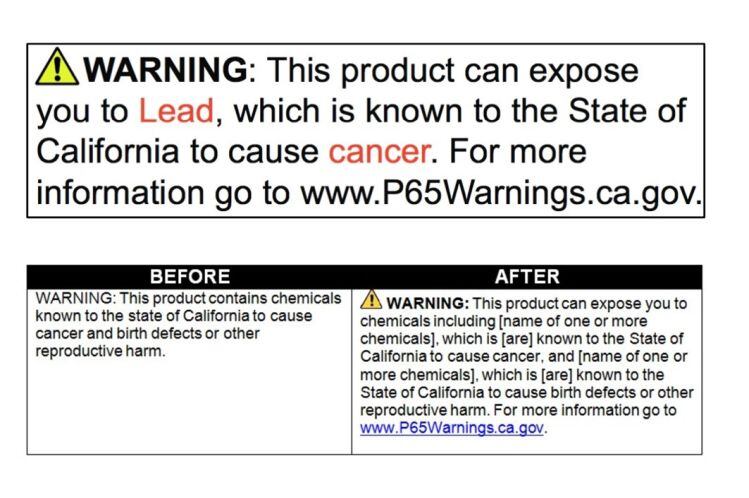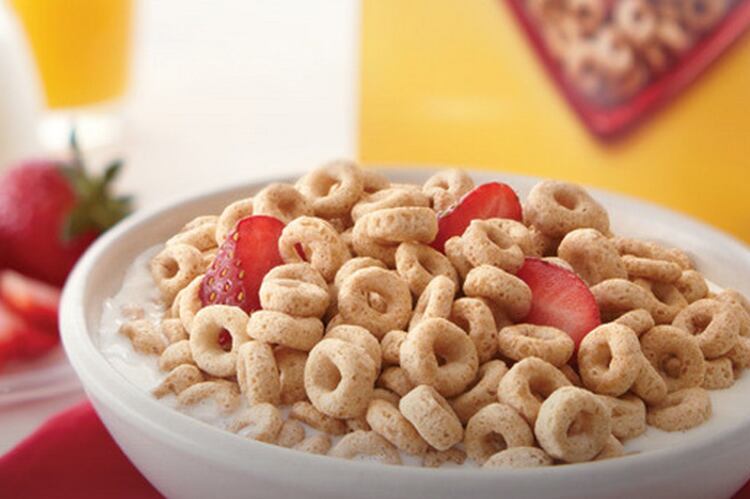“The results show that overall levels of pesticide chemical residues are below the Environmental Protection Agency’s tolerances, and therefore don’t pose a risk to consumers,” said FDA commissioner Dr Scott Gottlieb, noting that 99% of the domestically-produced human foods and 90% of imported foods complied with federal regulations.
An analysis of 274 grain corn, 267 soybean, 113 milk, and 106 egg samples, revealed glyphosate in 63.1% of corn samples and 67% of soybean samples, with corn and soy samples well below legal thresholds of 0.1ppm (100ppb) for corn/pop/grain and 20ppm (20,000ppb) for soybeans (the average detectible level of glyphosate for corn was 40 ppb (0.04ppm) and 790ppb (0.79ppm) for soybeans).
Given that recent testing from the Environmental Working Group and The Detox Project has revealed the presence of glyphosate in a wide range of food products from breakfast cereals to granola bars due to what they claims is a steady rise in its application as a pre-harvest dessicant (drying agent) on multiple crops (including Non GMO crops), the FDA needs to spread its net wider, argued Henry Rowlands, founder of The Detox Project, which has developed a 'Glyphosate Residue Free' certification scheme.
“The FDA should be concentrating on testing all crops/ingredients that are desiccated using glyphosate, these include wheat, oats, lentils, peas, soybeans, corn, flax, rye, triticale, buckwheat, millet, canola, sugar beets, sunflowers and potatoes," he told FoodNavigator-USA.
The FDA said that it does not generally provide information on the scope of testing regimes ahead of the publication of its annual pesticide reports, but a spokeswoman confirmed that it had expanded glyphosate testing to other foods (beyond milk, eggs, soy and corn) for full year 2018.
Asked what he made of the findings in the FDA report, Rowlands said: “In my opinion some of the levels are remarkably high [although they are all well below EPA thresholds].
“In 1999, the glyphosate MRL [maximum residue level] for soybeans was raised from 0.1 mg/kg (100 ppb) to 20 mg/kg (20,000 ppb) in the USA and Europe. Likewise in 2004, the glyphosate MRL for soybean was raised from 0.2 mg/kg (200 ppb) to 10 mg/kg (10,000 ppb) in Brazil (Bøhn et al., 2014). Bøhn et al. (2014) suggested that the MRL adjustments were made in response to actual observed increases in the glyphosate residue detected in GM HT soybeans.”
The Detox Project – which certifies products as ‘Glyphosate Residue Free’ – has been overwhelmed by industry inquiries over the past six months as food brands seek not just to get certified, but more often, to “use us as a consultancy service” to find out how the herbicide got into their products and what, if anything, they can or should do about it, says Rowlands. Click HERE to read more.
To read the full FDA report, click here.
Summary of FDA 2016 data compiled by The Detox Project.
WHOLE GRAIN CORN:
- Glyphosate: 241 samples (66% positive) – Mean Average 40 ppb, Highest 4500 ppb
- AMPA (Aminomethylphosphonic acid): 238 samples (39% positive) – Mean Average 30 ppb, Highest 5500 ppb
POPCORN
- Glyphosate: 25 samples (32% positive) – Mean Average 8 ppb, Highest 64 ppb
- AMPA: 21 samples (4.3% positive) – Mean Average 0.7 ppb, Highest 17 ppb
WHOLE GRAIN SOYBEANS
- Glyphosate: 264 samples (66% positive) – Mean Average 790 ppb, Highest 10,000
- AMPA: 264 samples (61% positive) – Mean Average 840 ppb, Highest 13,990 ppb




